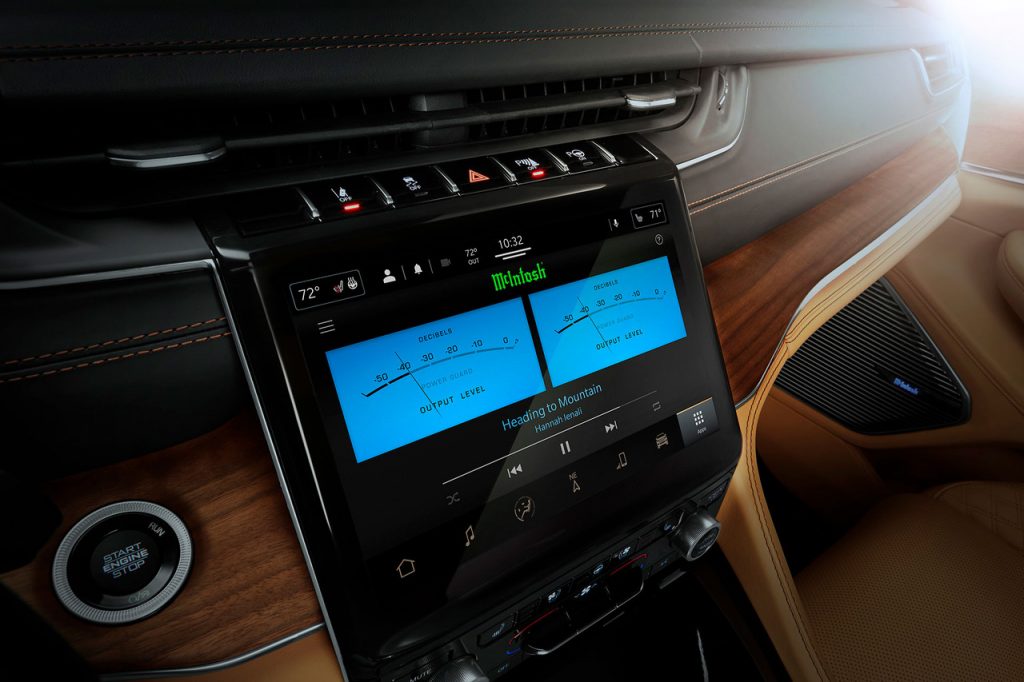Designing The 2021 Jeep Wagoneer Concept
Chris Benjamin and Tim Aness on reimagining a classic, inside and out
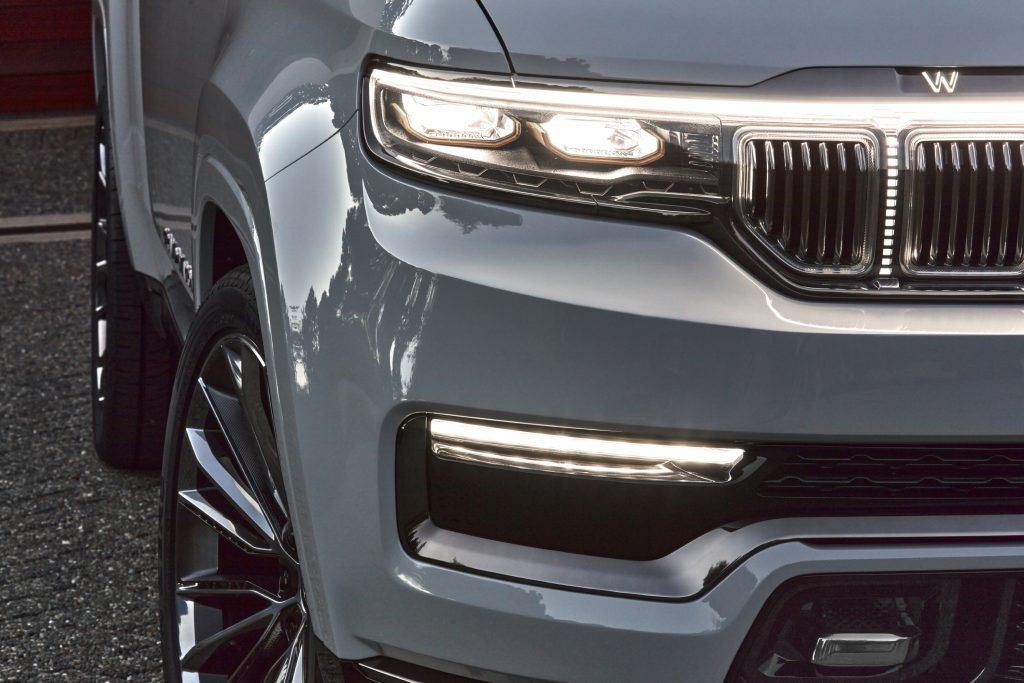
Originally produced from 1963 to 1993, the Jeep Wagoneer oozes nostalgia—from the boxy shape to its wood paneling. Redesigning such an icon guarantees backlash, but the 2021 Jeep Wagoneer and Grand Wagoneer Concept balances retro Americana with contemporary style, courtesy of curvier lines and premium materials. A sophisticated and significant design choice, there’s no Jeep insignia anywhere on the vehicle—inside or out. But the lack of brand broadcast also points to Wagoneer becoming a future brand from Fiat Chrysler Automobiles (FCA) which, after merging with France’s PSA, will be reborn as Stellantis in early 2021.
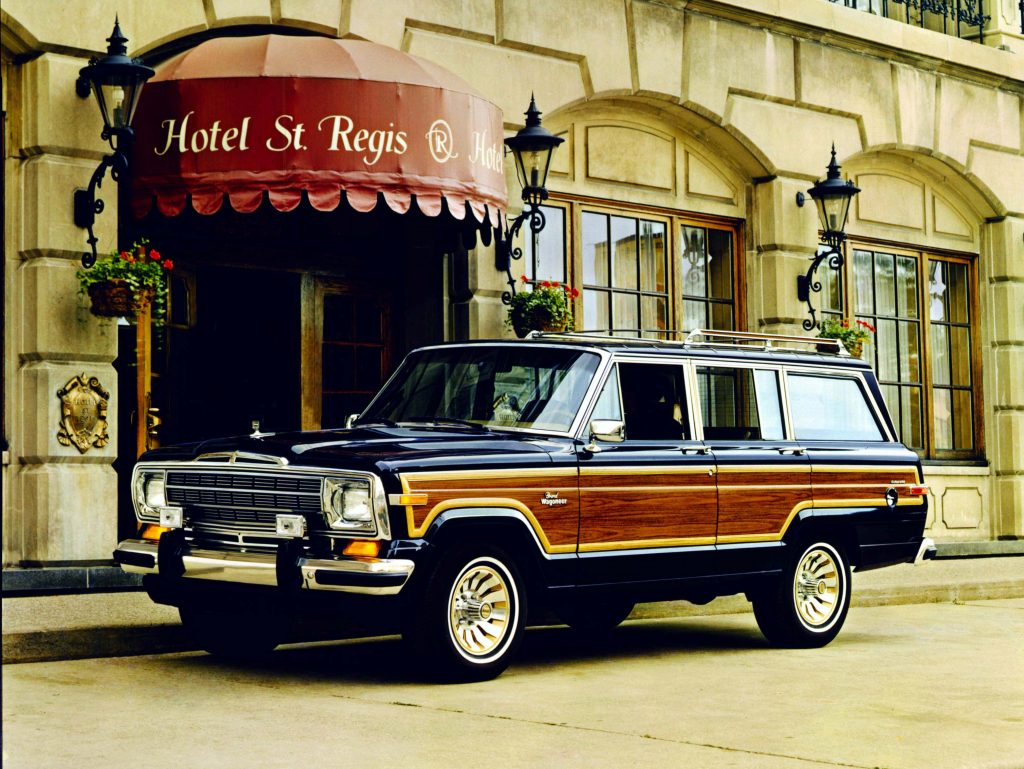
This context is important to understand. Stellantis comprises plenty of car brands but perhaps can be distilled to just Chrysler, Peugeot, Fiat, Jeep and Ram. From a global perspective, these are the most relevant brands. Chrysler proves to be the weakest, while Jeep is the healthiest selling worldwide. It’s the oil that lubes the rest of the machine. Making an upscale SUV for one of those aforementioned brands wouldn’t work, but releasing Wagoneer—piggy-backing off of Jeep’s excellent reputation—is a brilliant move.
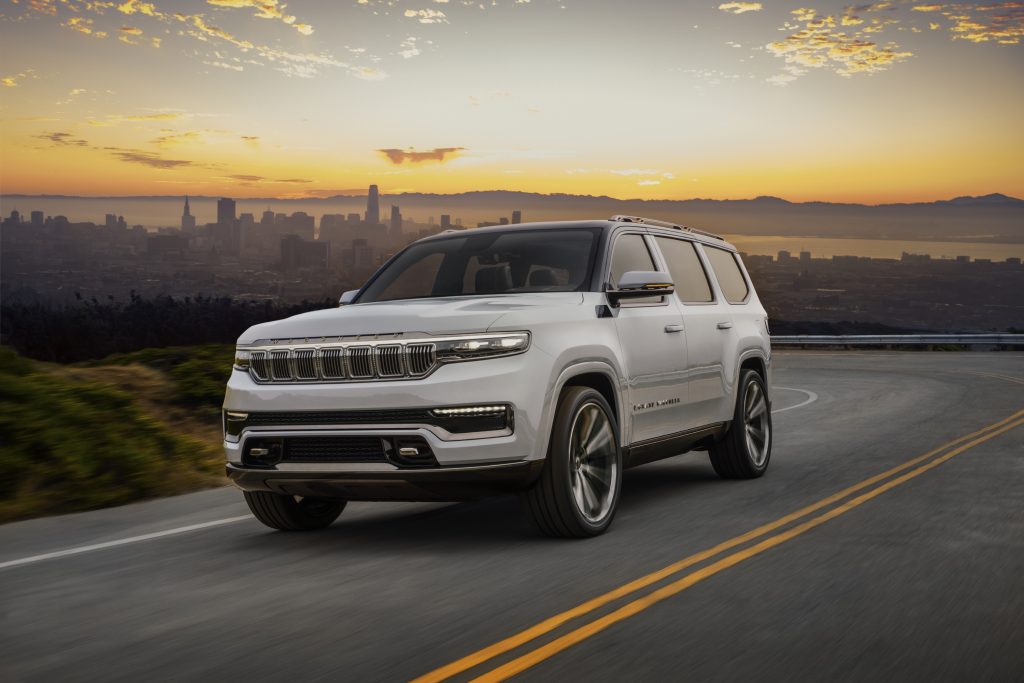
Both the Wagoneer and Grand Wagoneer will be three-row SUVs, with the latter higher-end—though both sit above anything Jeep produces in terms of price, aesthetics, amenities and design. When these move from concepts to production vehicles, they’ll be built in Detroit on the same platform as the Ram 1500 and will compete with Lincoln, Cadillac and GMC domestically and the likes of Land Rover, Mercedes-Benz, Volvo and BMW in Europe.
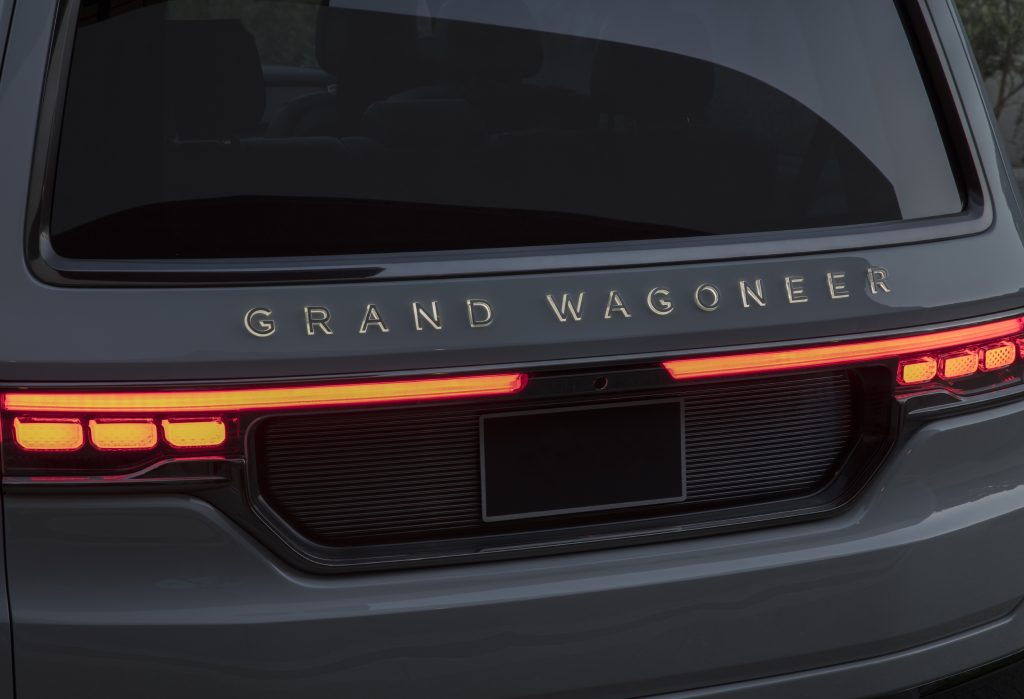
Chris Benjamin, formerly at Volvo and Daimler, helms interior design at Jeep and Chrysler. More specifically, Tim Anness is head of exterior design for Wagoneer. We spoke with them both to hear about what parts of the Wagoneer they wanted to retain, what they wanted to pay homage to, and what they wanted to reimagine entirely.
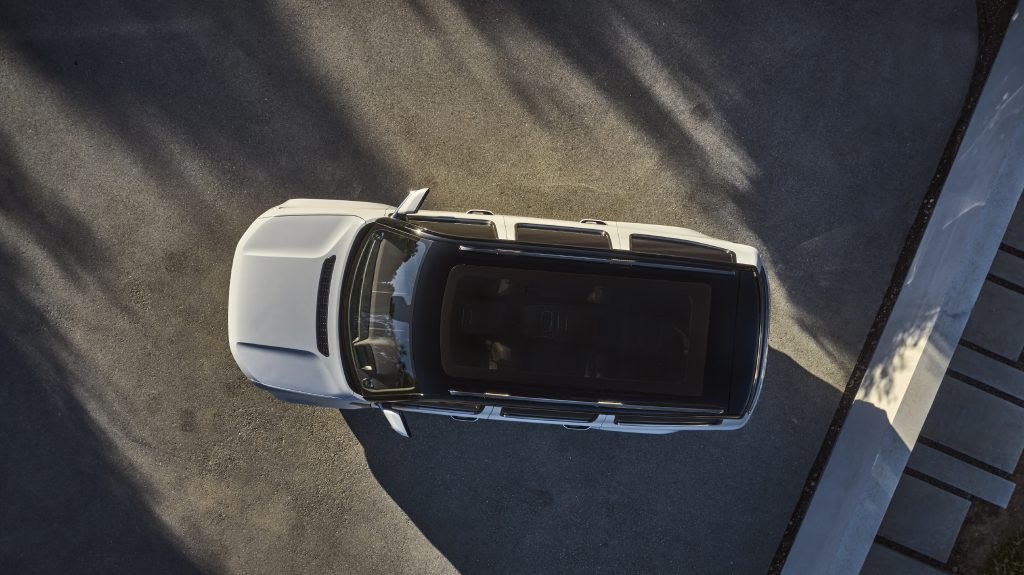
There’s a massive glass roof on this design. It’s etched with a map of Detroit, which hardly says, “Take me to the mountains to drive over things!” Can you tell us a little about decision and the process?
Chris Benjamin: We’re proud of the fact that Wagoneers are going to be made in Detroit. It’s so important for our local economy. From the very beginning we knew we wanted to represent that on the vehicle somehow, but there’s a funny thing about maps: we had to create it from scratch. We can’t just download it from Google. And the map we made is so digitally rich that most computers couldn’t handle the data file. We tried all sorts of methods to get it onto the glass, but we finally landed on screen-printing—which is a whole other challenge carmakers aren’t used to, but it was a ton of fun.

Speaking of glass topography, there’s a lot of digital real estate in this concept, with four screens in the front row alone. Why not just go the iPad-like route other carmakers are choosing, following Tesla?
CB: You have to look at what you’re doing as a piece of art. For me, to just glue an iPad up there, I would consider myself lazy. Also, the way you shape things has a big impact on your feeling of spaciousness, which is very different than how much space you actually have. If that center panel was a big, tall surface, you would feel like there’s something imposing in front of you.
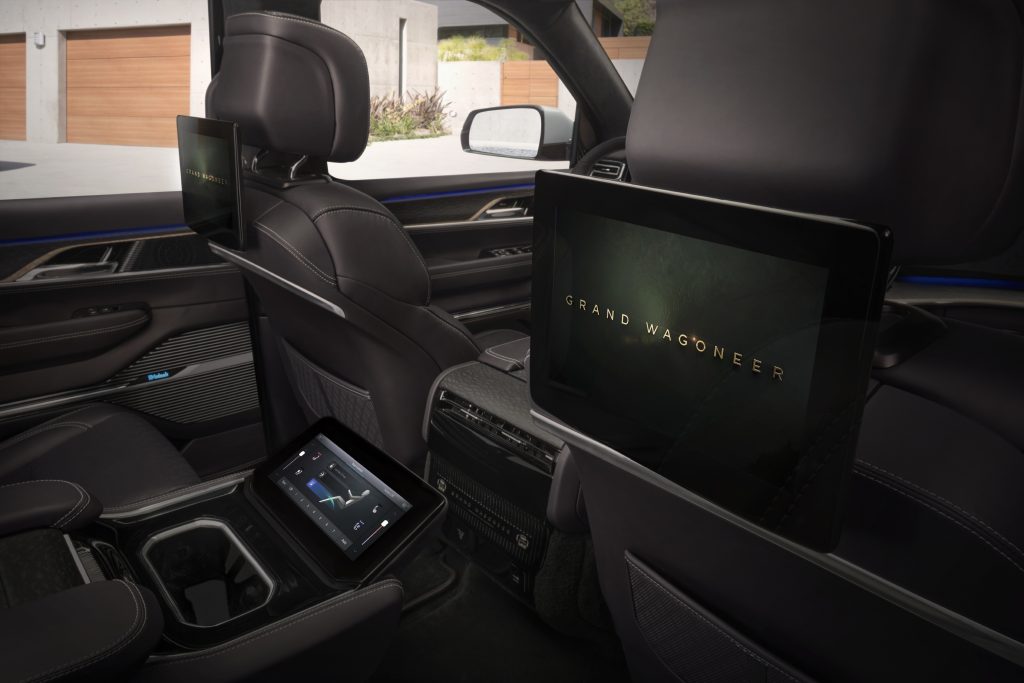
You’ve also given a lot of these screens over to the passengers.
CB: We’re giving the co-pilot functionality. More screens in front of the passenger rather than the driver lets them control entertainment or put in navigation they can bounce in front of the driver’s instrument panel rather than have the driver struggling with that. We just felt it was a way to unify the experience for everyone in the car, which is also why there are entertainment screens in the back for kids.
One other clever detail is the exact use of the McIntosh audio logo and illuminating it, as they do for their home hifi systems.
CB: As you surely know, car designers love to look at home audio. And I’ve been in a lot of McIntosh studios these past few years. When we see the way their systems are executed—the black glass and metal and even the way it’s backlit when it’s off, we wanted to make sure we captured all of that, in keeping with their design aesthetic. You buy a McIntosh audio system, and get a Wagoneer with it!

Speaking of icons, the Wagoneer was the pinnacle of Americana, a burly family car. Tell us about how you wanted to pay homage?
CB: Well, we carried the two-spoke steering wheel of the original forward. It’s such a cool graphic, and then of course we put the Grand Wagoneer insignia in inlaid metal in the wood on the passenger side. But if you just woke up on the car scene today, it was important to us that you’d still see modern details. That interior is in this brownish aubergine, and everything you touch is highly textural. So the feel of the shifter, which has a backlit element to it, has this knurling texture on the outside; it feels good in your hand. There’s a lot of “third read” layering.
What’s another example of that?
CB: The interior has some lacewood trim and it’s black, but it’s not painted; it’s heat-treated to darken. But then right at the edge, there’s a raw part that’s not treated—almost as if you shaved it back just a few millimeters.

You have more wood on the exterior of the car, nestled around the headlamps and the roof rack, but some critics have dug in on the lack of faux wood paneling from the original.
Tim Anness: We wanted to be respectful of our heritage, but not retro. That “wood” was vinyl. I think if we’d put vinyl stickers on this vehicle, that would’ve been pretty problematic. But the car we did make, really from the emotion of the original, is so simple we wanted anyone to be able to draw it. Its shoulder is really horizontal (we call that the set line) and if you just add trapezoidal wheel arches to that set line and nothing else, you can draw the Wagoneer.
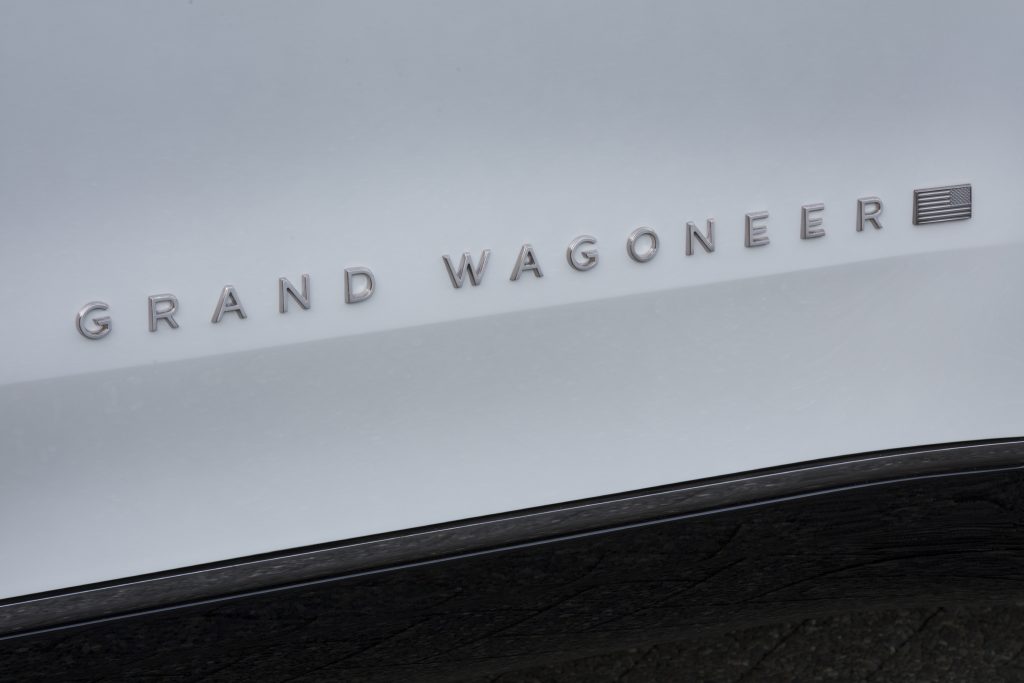
There’s no Jeep logo on the exterior, but there is the American flag. A lot of people might be confused why it’s flying in reverse. Can you explain the logic?
TA: It’s a military thing. If you look at any ship, plane, etc, in our armed forces—the stars always lead. Same as on any soldier’s sleeve. Like everything else we were aiming for, to us, if you’re going to put a flag on a vehicle, you’d better do it right.

The concept has an exceptionally open greenhouse. Even the third window is squared rather than canted forward. This counters a lot of the trend in crossovers, which can be very hard to see out of. Tell us about that.
TA: We didn’t want there to be a bad seat in this vehicle. That broad greenhouse really speaks to a kind of optimism where you think of the family bouncing down the road on a trip, and we wanted to reward everyone with a great view. But also we wanted to pay really close attention to the driver’s sight lines. We made decisions to make thinner pillars as much as safely possible, and let everyone see out of the car.
Images courtesy of FCA
